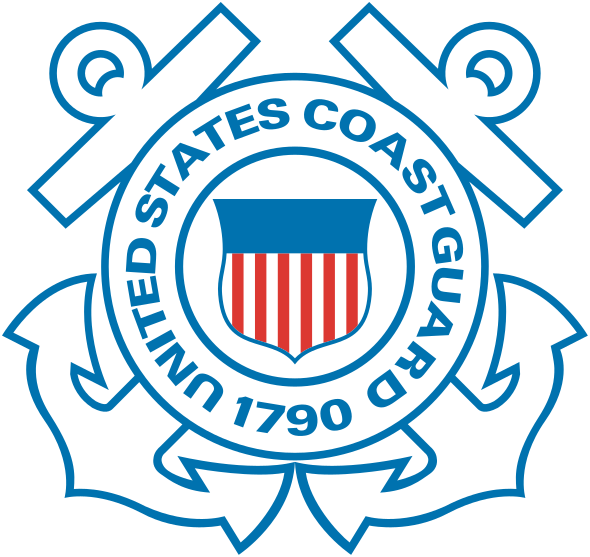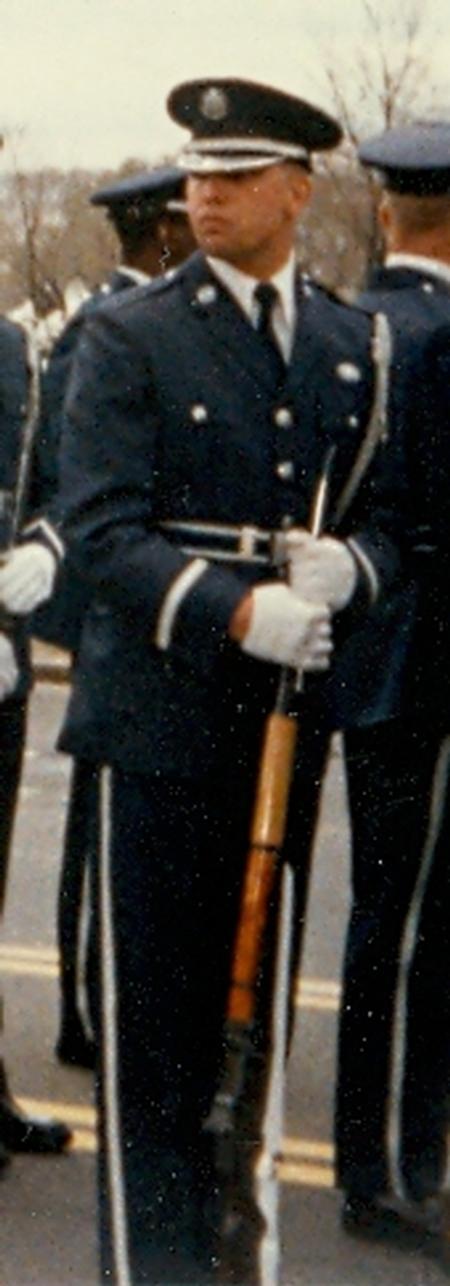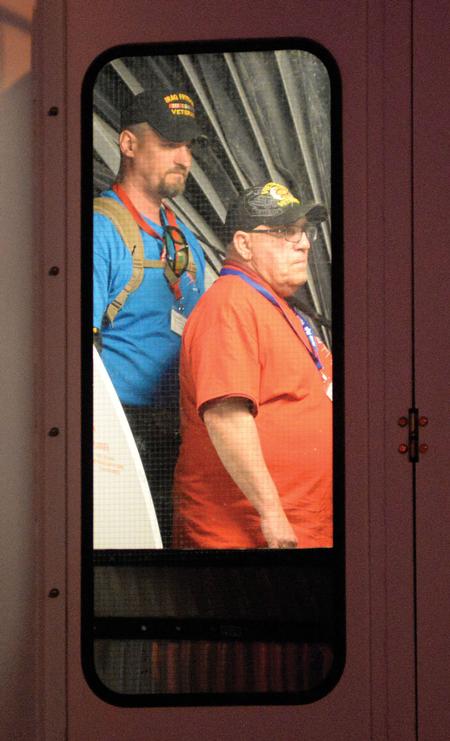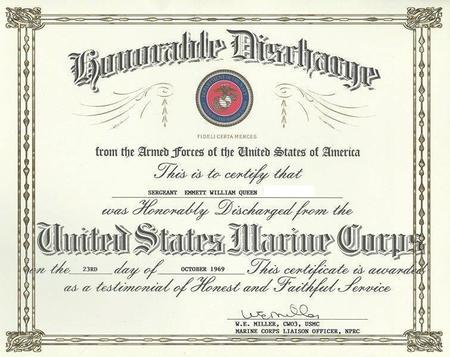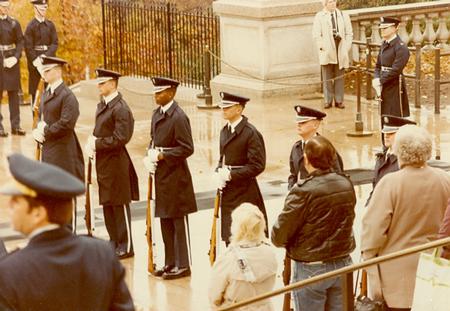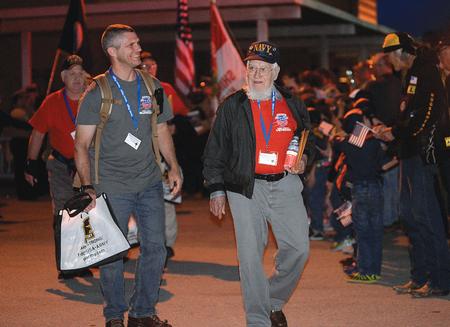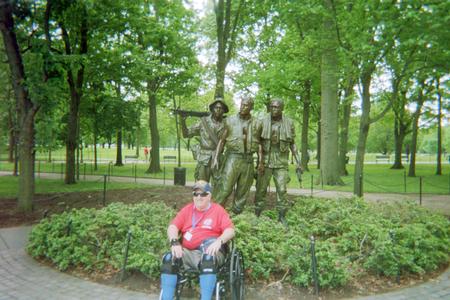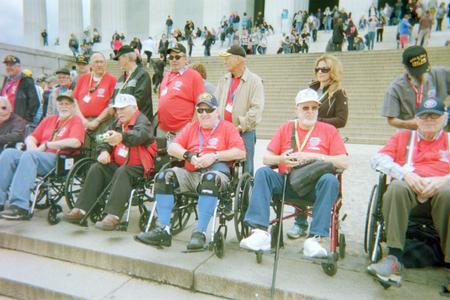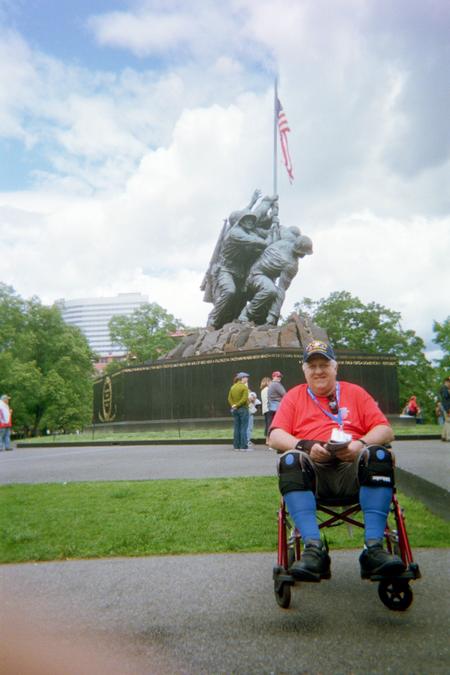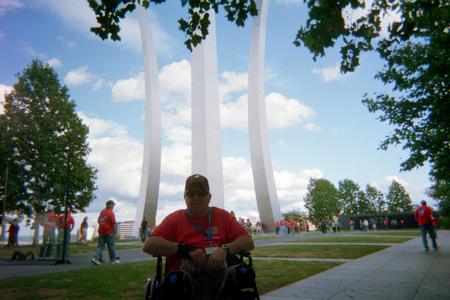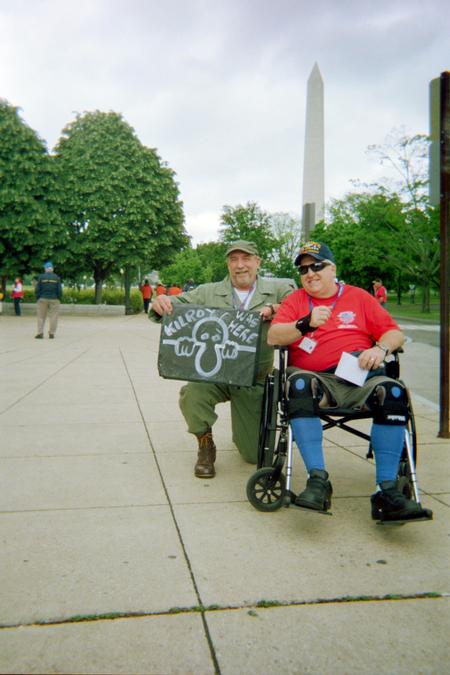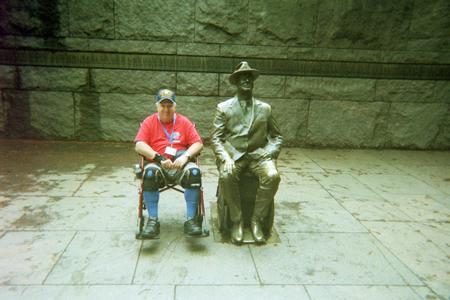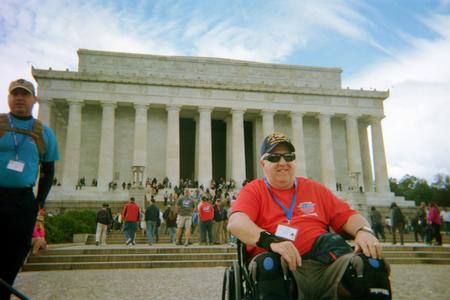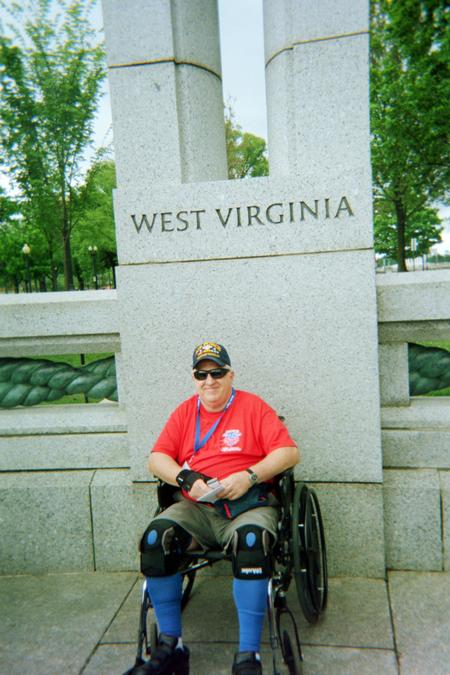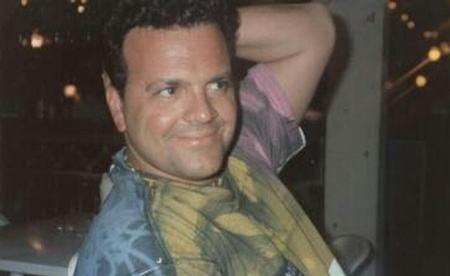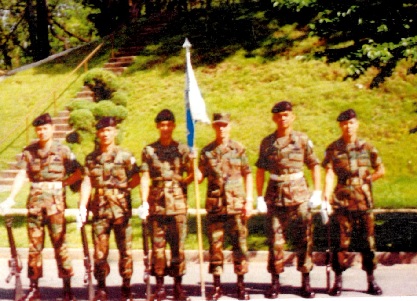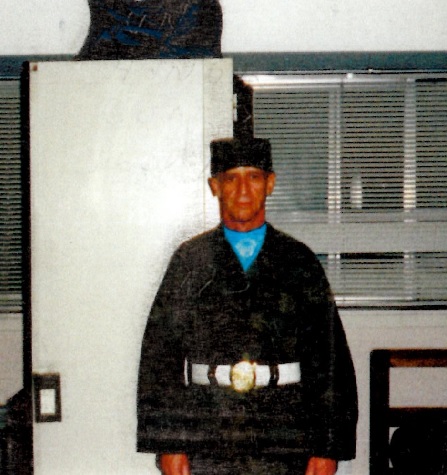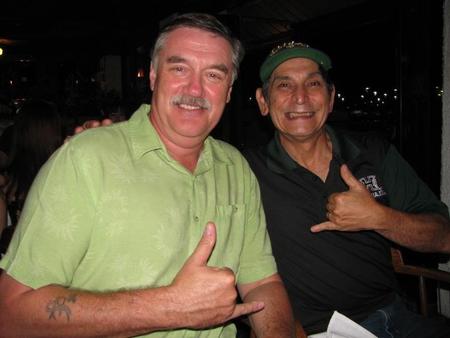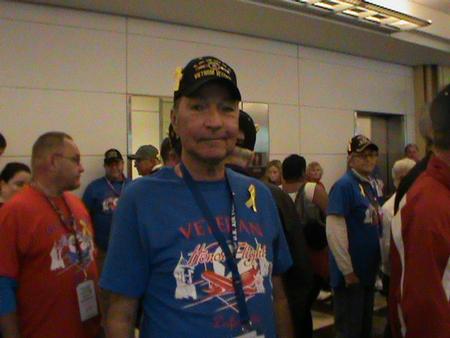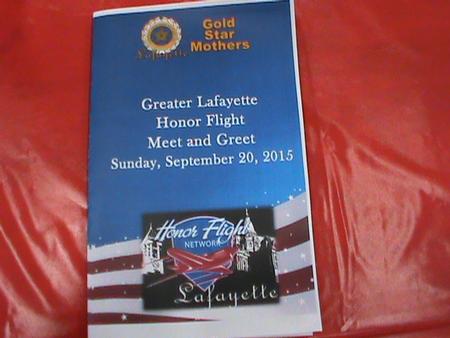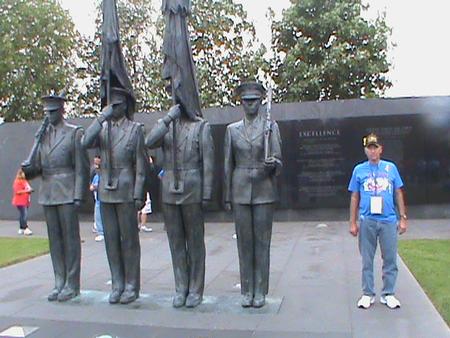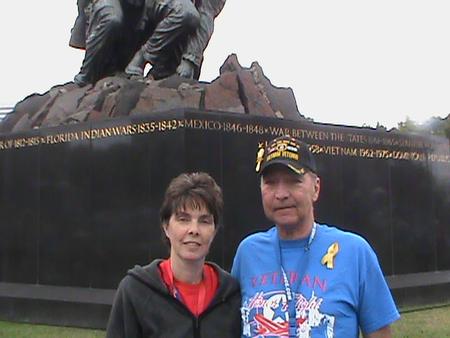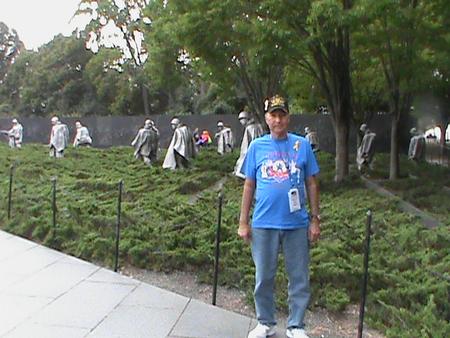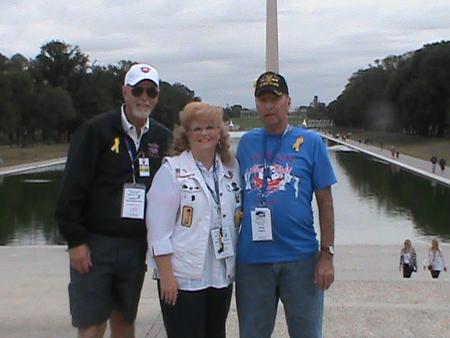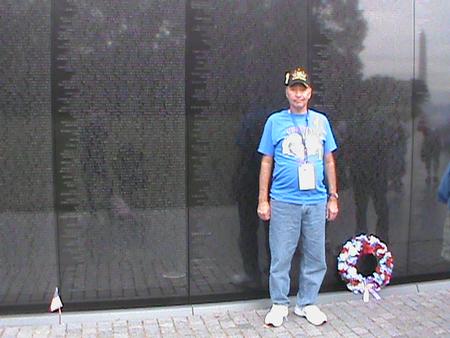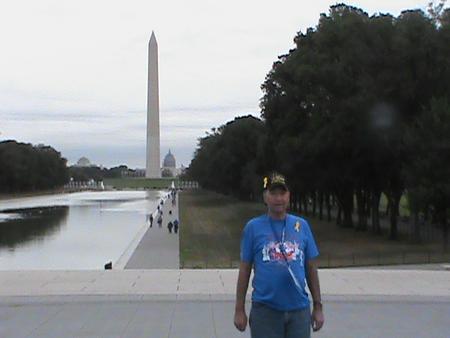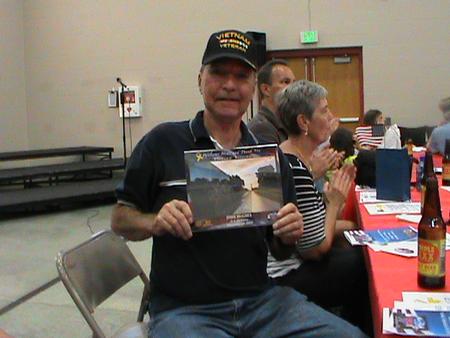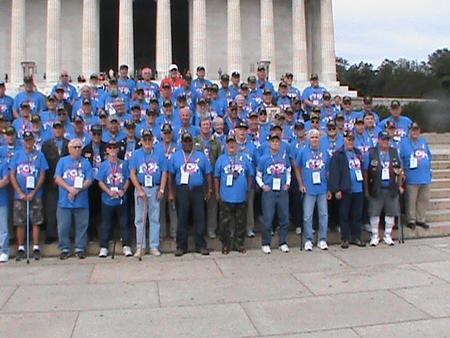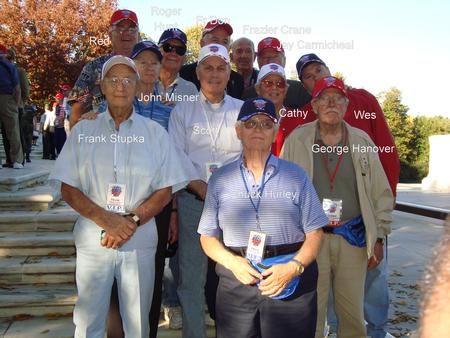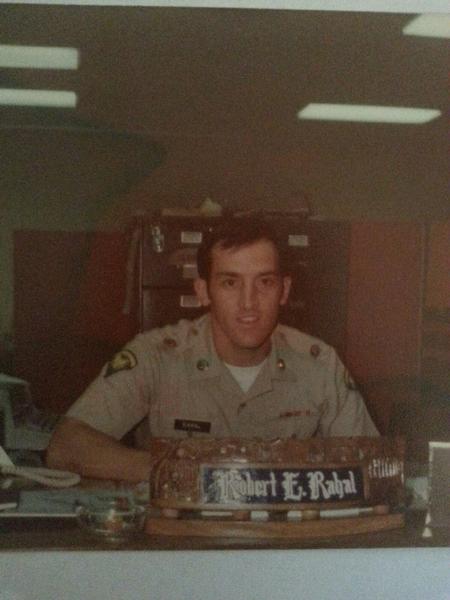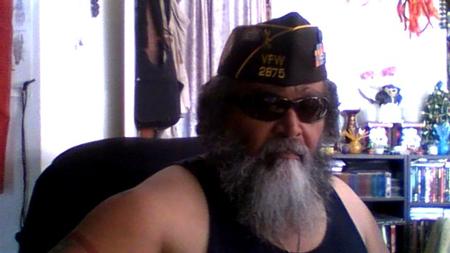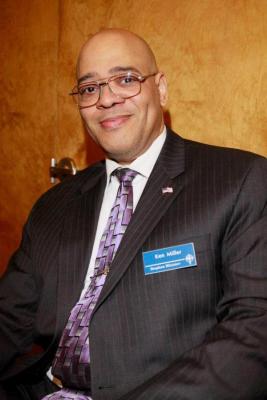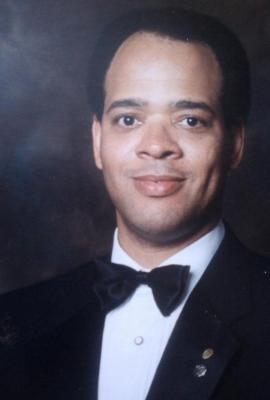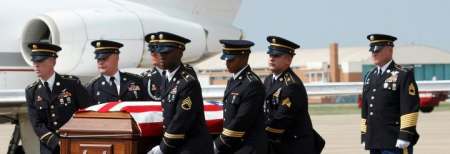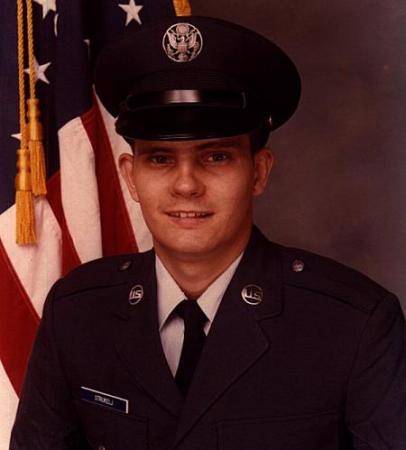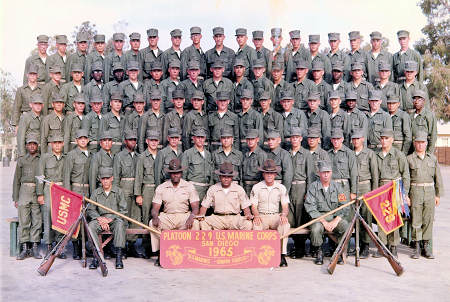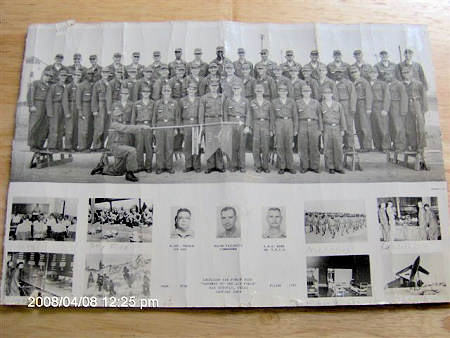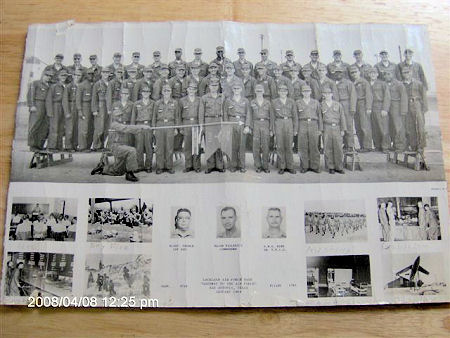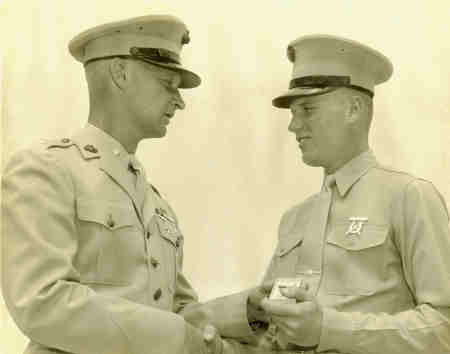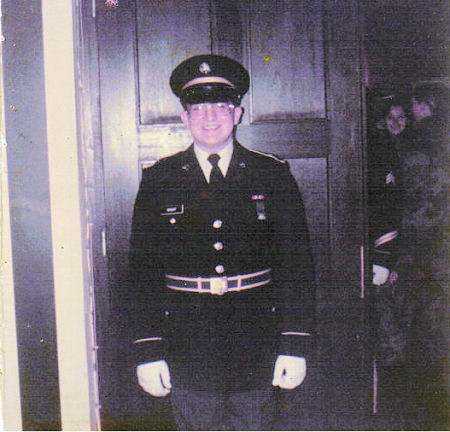ABOUT HONOR GUARD
- Ancient Origins: Honor guards trace their roots to ancient civilizations such as Rome and Greece, where elite soldiers protected leaders and performed ceremonial duties during state events.
- Symbol of Respect: The primary function of an honor guard is to render military honors at funerals, state ceremonies, and national events, symbolizing respect and dignity for the country and its heroes.
- Precision Drill: Honor guards are renowned for their flawless drill routines, featuring synchronized movements and weapon handling, often performed without verbal commands.
- The Tomb of the Unknown Soldier: The U.S. Army’s 3rd Infantry Regiment, known as “The Old Guard,” has maintained a 24/7 honor guard vigil at Arlington National Cemetery’s Tomb of the Unknown Soldier since 1937, regardless of weather conditions.
- Global Tradition: Almost every nation has its own honor guard units, each with unique uniforms and traditions reflecting their cultural heritage.
- Selective Membership: Being selected for an honor guard is highly competitive; members are chosen for their exemplary discipline, appearance, and professionalism.
- Presidential Ceremonies: In the United States, honor guards play a key role in presidential inaugurations, state arrivals, and official welcomes for foreign dignitaries.
- Unusual Uniforms: Some honor guards, such as the Greek Evzones and the Vatican’s Swiss Guard, are famous for their elaborate, historic, and colorful uniforms.
- Women in Honor Guard: Many nations now include female soldiers in honor guard units, breaking long-standing traditions and promoting gender equality in ceremonial duties.
- International Showcases: Honor guard units often participate in international military tattoos and ceremonial exchanges, showcasing their skills and building diplomatic relationships.

